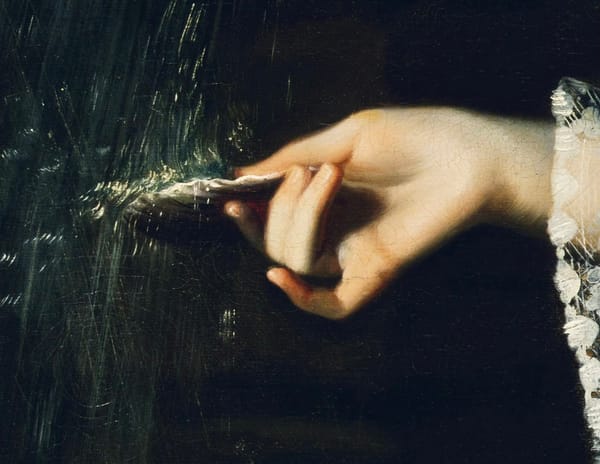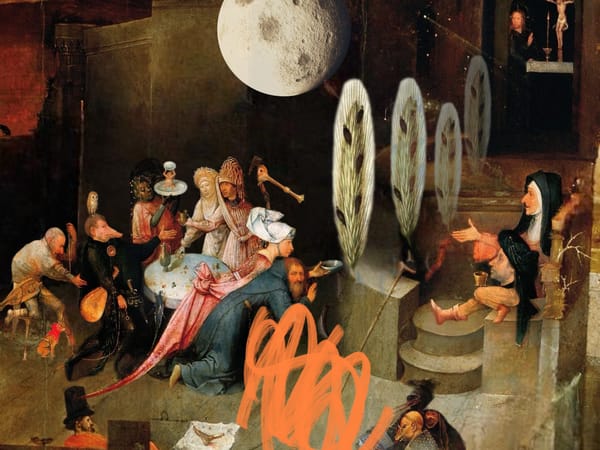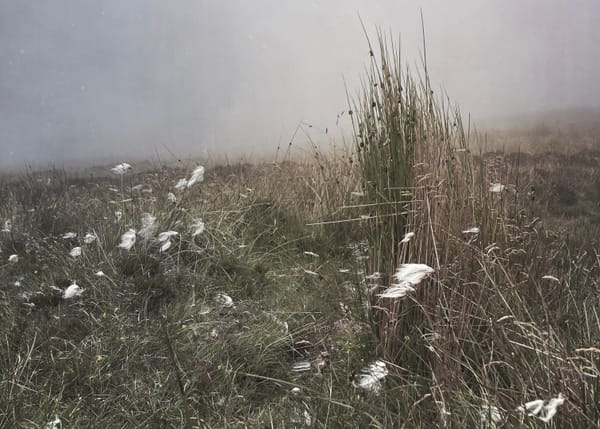NEEDLECRAFT OF BOG HALL 🧶
waxing moon field notes 🌔
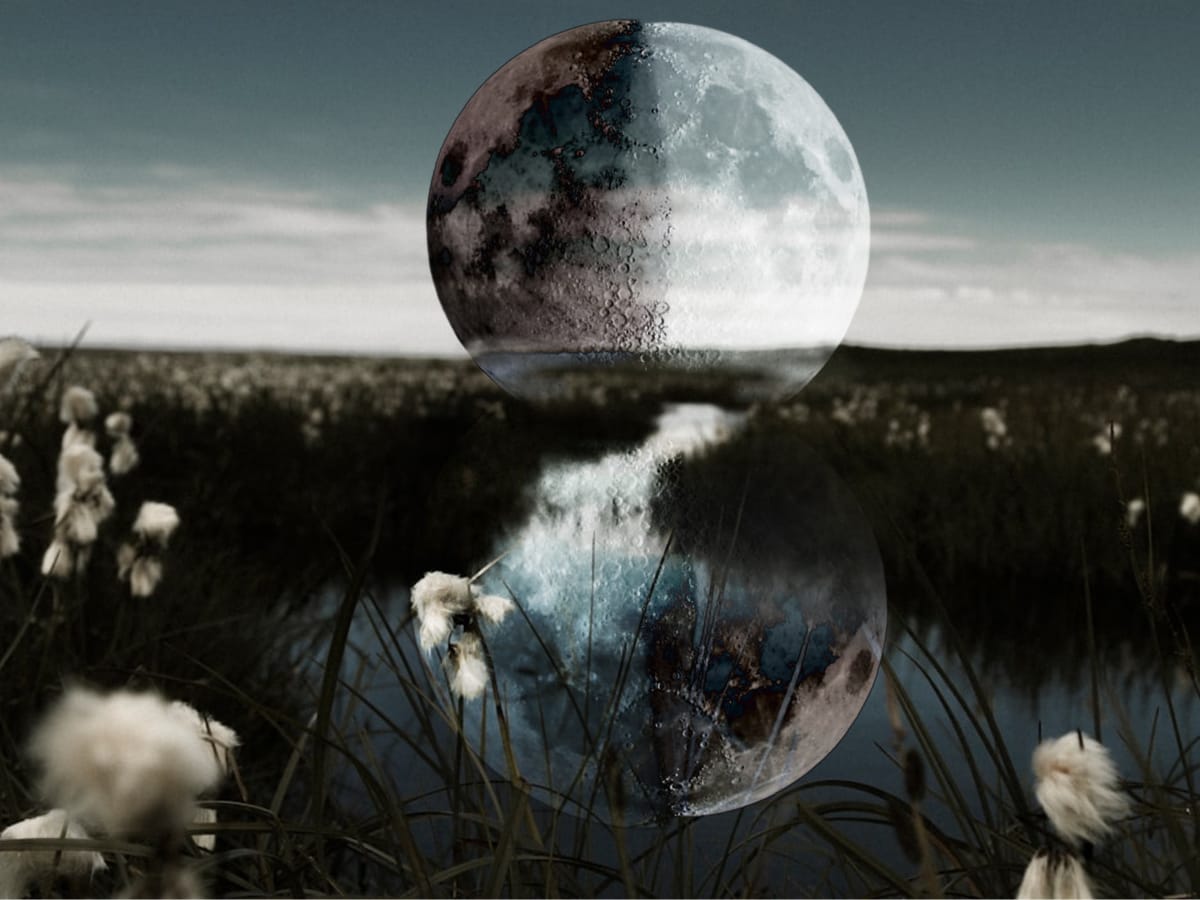
This post is part of an irregular series of field notes on Folklore, witches and the landscape of Orkney. It is free to read.
The first time I saw bog cotton I was bewitched. I was hiking in an otherworldly place in the highlands in late July, the heather just starting to bloom and before me, over the black and bristled bog—were hundreds of nodding little white haired heads, appearing like a fairy massive.
I’ve also seen bog cotton growing in profusion inside the Neolithic Ring of Brodgar as well as over the vast expanse of peat bog of mainland Orkney.
Bog cotton, also called cotton grass, has been used as a stuffing for pillows and mattresses and for wound dressing. It can survive the questionable practice of muirburn—the burning of heather for grouse (for hunting) and livestock grazing.
Missives from the Verge with Allyson Shaw is a reader-supported publication. To receive new posts and support my work, consider becoming a free or paid subscriber.
The other day I went out to try to photograph some for this post. The clouds were low and heavy. Ghostly tendrils of mist swept across the dark sea—I was pushing my luck. By the time I reached the patch I knew, the rain had begun to fall in earnest. I was drenched & out of spoons, and of course bog cotton in the rain is sad and droopy, resembling nothing more than errant wool snagged on heather. I had to accept that bog cotton would remain elusive as I trekked back through the fens—this area of Orkney I love so well reminds me of Frigg’s dwelling, Fensalir, or Fen Hall. She is the Norse goddess of the hearth, of spinning and by proxy, of fate. Some scholars say this is a mistranslation, and that Fensalir actually means sea hall.
But let’s run with Fen Hall. Bogs are magic—they are biological archives and super-powered carbon sinks. Recently, the vast peatland in the Scottish Highlands of Caithness called the Flow Country has been declared a UNESCO World Heritage site.
In Orkney bog cotton is called Luckie Minnie’s oo. Luckie Minnie is a legendary witch from Fair Isle. It’s said that the garments of the Peerie Folk were made of this stuff—here is an overlapping of legendary witches and fairy lore—a common theme in Ashes and Stones as well as my current research. In Orkney, brides knitted their wedding socks from bog cotton. (Other sources say these socks are wedding-bed socks…I need more information.)This small bit of lore—tossed off around the web and in books on Orkney folklore, language and botany—boggles the mind.
There’s a lot I’ve yet to unpack. I mean, wedding socks? No, wait—bridal bed socks? hand-knitted bridal bed socks? Made of bog cotton? How long did it take these betrothed women to gather enough to make these betrothal socks? Might they have had to start early—gathering the wee tufts sporadically through their coming of age? These pure-white socks seem like something from a fairy tale: a girl is cursed to never marry until she can gather enough bog cotton to spin it and then knit it up into socks for her wedding day but the bog cotton notoriously grows in the wettest, deepest, darkest of bogs.
The Orkney museum has proof this is no fairy tale. These elaborate lace stockings are most likely made of bog cotton.
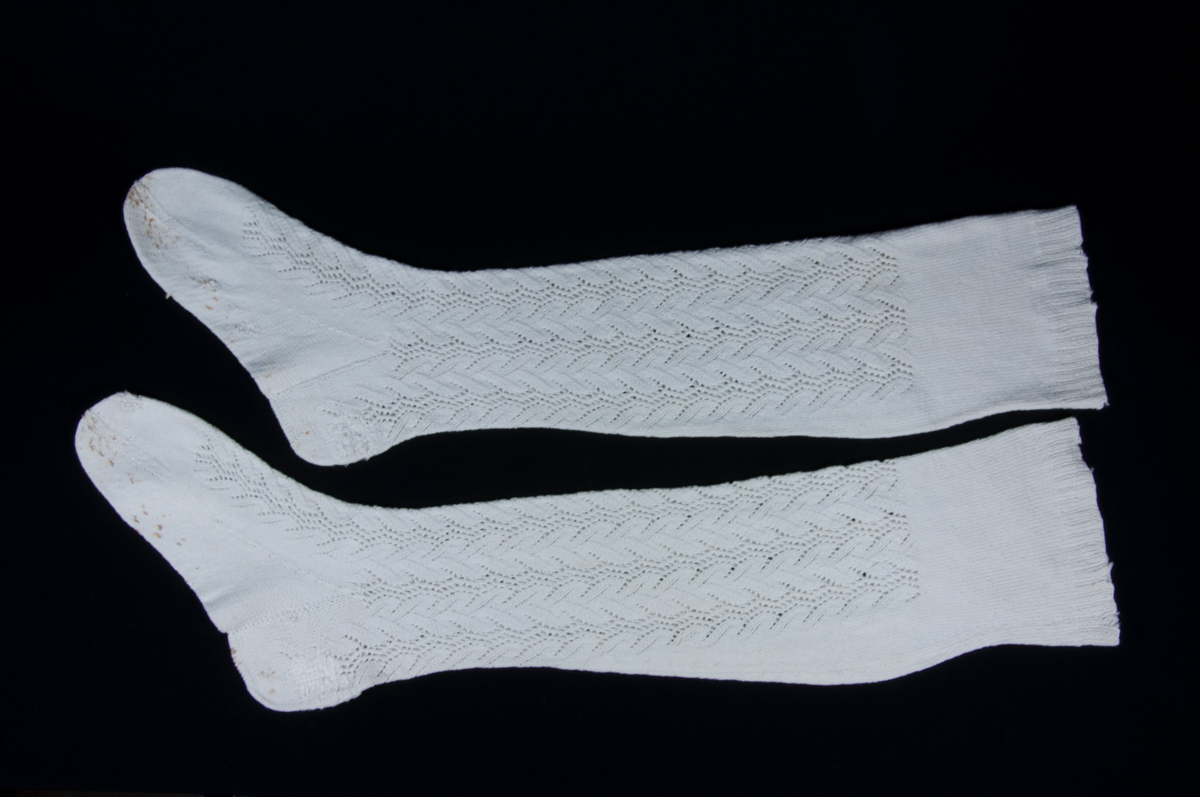
Lair in Scots means bog but also a grave. Who lives in this lair where bog cotton is harvested by these hopeful brides? To gather the bog cotton, the young woman would have traversed the moors barefoot. In centuries past, many women in Scotland travelled barefoot, keeping their shoes (and white socks) for special occasions. The betrothed waded through the black water of that liminal realm of Fensalir, of Frigg and also murky Nerthus, the long forgotten earth goddess of the Vanir, long since sublimated to the dark recesses of the Norse pantheon. Nerthus is the chthonic first wife and sister of Njord the Norse god of seafaring. Might the hopeful bride-to-be have come face-to-face with this dark being. She is a goddess of sacrifice—if we are to believe the Roman historian Tacitus writing of her in the first century CE. Nerthus also had a watery domain on a secret island. What might Nerthus have taught this young Orcadian woman gleaning bog cotton on these islands, surely once Nerthus’ realm*? Bog cotton cautions travellers against the deepest of bogs.
Perhaps the bride-to-be met the spirit of the Mere Wife, that mighty mother from Beowulf. (if you have not yet read the new translation of Beowulf by Maria Dahvana Headley—YOU MUST. Her novel Mere Wife, is on my TBR—has anyone read it?) That young woman traversing the summer moors would have had a lot of time to think on these dark foremothers as she spun the little white tufts into lengths of wool and then knitted the lace, the vines of a future life intertwined with the dark unknown that not so long ago seeped between her toes.
I leave you with this Bright Edge Deep website about peat lands, the place where bog cotton grows. This website is an archive of the University of Glasgow’s College of Arts cultural programme’s collection of critical responses to the climate emergency. This project takes its name from a Seamus Heaney poem, Digging. https://www.poetryfoundation.org/poems/47555/digging Heaney is, of course, the poet laureate of bog land and of bog bodies.
Missives from the Verge with Allyson Shaw is a reader-supported publication. To receive new posts and support my work, consider becoming a free or paid subscriber.
Addendum-the sought-after photo

*I guess at the spiritual landscape of Norse Orkney, before the Christianisation of the islands at the late Viking Age. Nerthus is one of the oldest goddesses in the Norse Pantheon.

